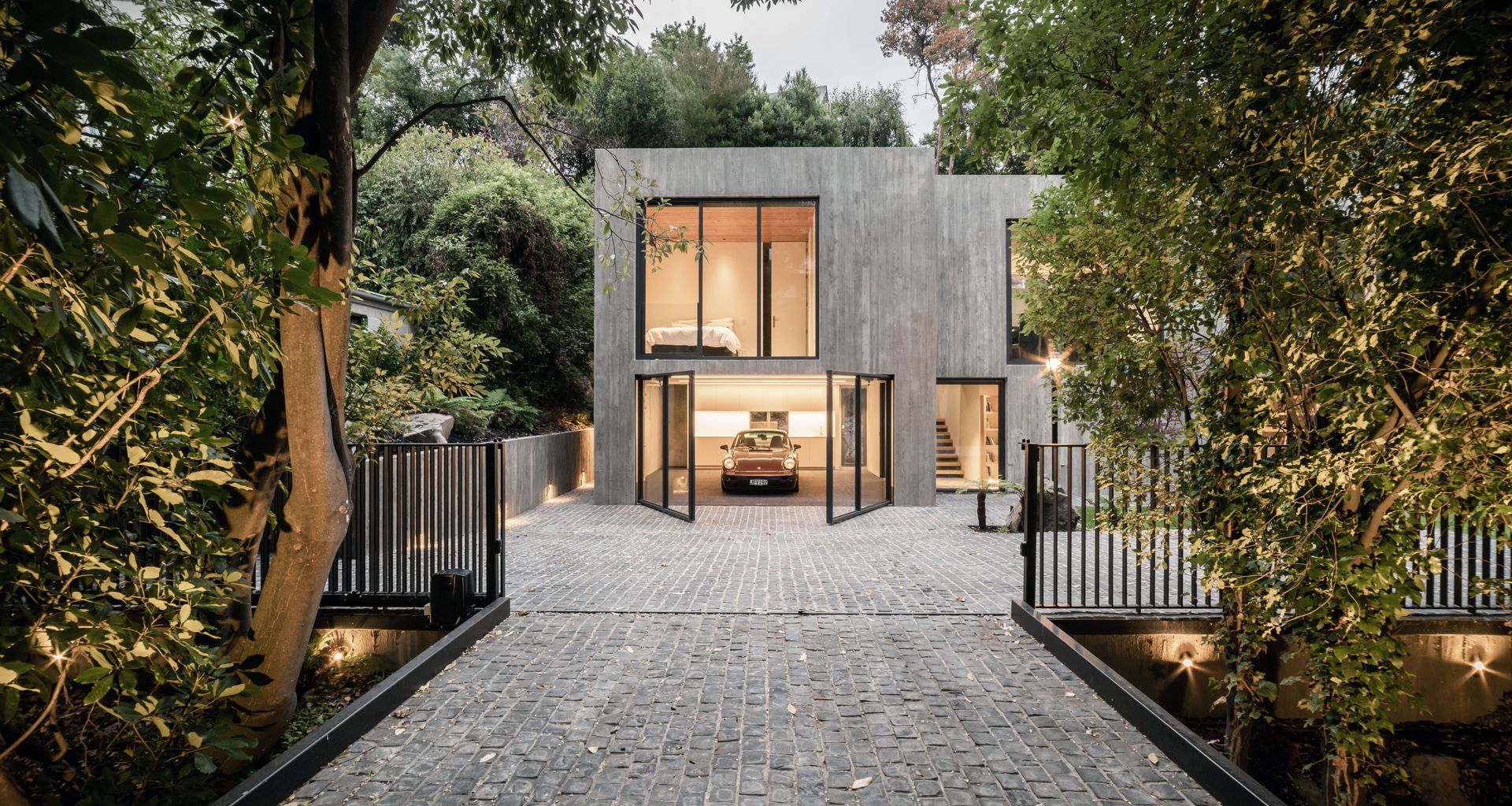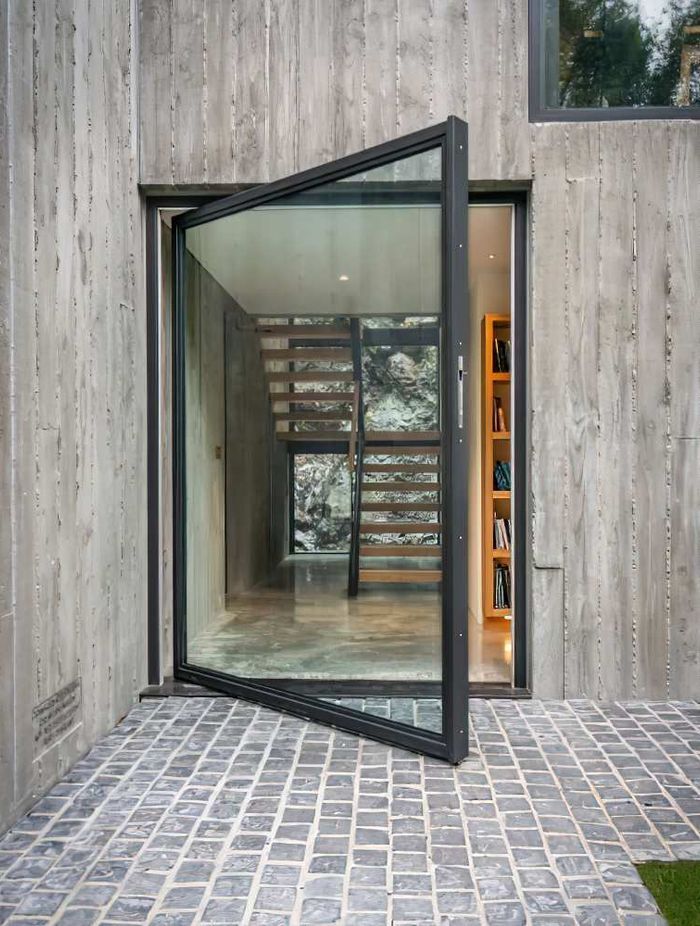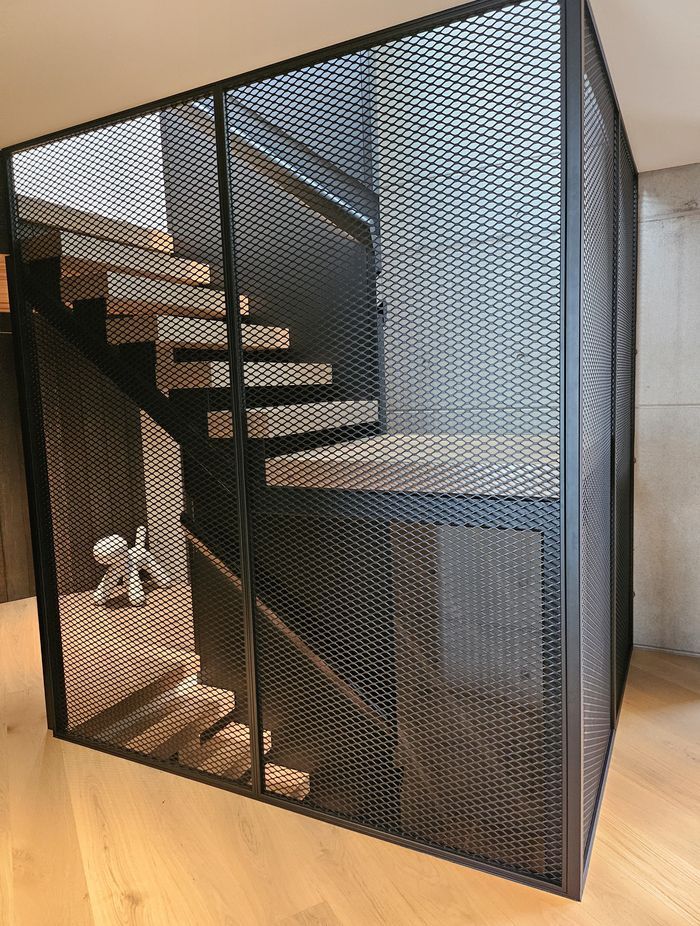Top 5 design trends in bespoke steel doors for modern homes
Written by
08 September 2024
•
5 min read

Bespoke steel doors not only enhance the visual appeal of a modern home but also allow natural light to flood in, creating a balance of elegance and functionality. They elevate the overall space, contributing to a sleek, sophisticated ambience while maintaining a timeless, stylish touch.
Technology plays a crucial role in both the design and functionality of steel doors. Wilford Walkers’ doors are crafted by experienced artisans, and the process is enhanced by technological advancements like 3D modeling, laser cutting, and CNC machines to ensure precision and quality. Technology also extends to the hardware elements, where innovations such as soft-closing pivots and hidden guide rails improve both the opening experience and the durability of the doors. The research and development of these features are continually evolving to further enhance the user experience, but new design trends are also shaping the steel doors of the future. Here, we speak to Wilford Walker’s Anthony Simpson to find out the latest trends.
1. Metal tones
Traditionally, homeowners have chosen muted or classic colors to enhance their homes, but that’s starting to change, says Simpson.
“Most select traditional black as it suits most décor but this past year and to-date they are selecting warmer brass and bronze tones.”
These sophisticated metallic hues provide the perfect foil for contemporary or classic architecture, and create a warm and welcoming feel.
“The steel doors we see today are a modernist take on a traditional method of steel Crittal-style door which uses modern steel for clean lines and non-mechanical connections, allowing the designers ability to deliver old styles into the modern day; by adding a warm soft colour tone for the steel coating it blends nicely in with the designer’s modernist-style specification.”

2. Art Deco glass
Innovative design elements in steel doors are setting new trends, particularly with the growing popularity of textured glass options. While plain glass remains a popular choice, there's been a noticeable rise in the use of reeded and cathedral glass, which hark back to the Art Deco era. These stylish glass options are resonating with homeowners seeking a blend of privacy and elegance.
“Reeded and patterned Art Dec-style glass are gaining popularity, as well as smoked or coloured glass; the majority of homeowners use these in privacy areas such as dressing rooms and bathrooms but we are seeing an uplift for them in living areas, too,” shares Simpson.

3. Oversized doors
The latest design trend in steel doors is all about embracing oversized and extra-large formats, offering both functionality and dramatic visual impact. Homeowners and designers are increasingly opting for oversized steel doors and expansive wall panels to seamlessly close off larger spaces without sacrificing aesthetic appeal, shares Simpson. These grand doors not only make a bold statement but also allow for greater flexibility in open-plan living, enabling spaces to be divided or merged effortlessly.
Customisation options are at the forefront of this trend, with several key features in high demand. One of the most sought-after elements is the integration of soft close pivot systems, which provide a smooth, elegant movement while preventing the door from slamming shut.
Discreet handles that blend seamlessly into the frame itself are also growing in popularity, as they enhance the minimalist and modern look, allowing the focus to remain on the clean lines of the steel door.
Slimmer steel frames are another key trend, as thinner profiles offer a sleek, streamlined appearance. This is often complemented by the desire to keep hardware hidden, with tracks for sliding doors recessed into the ceiling and out of sight. These design choices not only maintain a clean aesthetic but also highlight the beauty of the oversized steel door itself, creating a sophisticated and cohesive look.


4. Creative inserts
Traditionally, glass has been the primary material used in steel door infills, allowing light to flow through and enhancing the visual appeal of a space. However, modern designs are expanding beyond glass, incorporating materials such as architectural woven mesh, leather, and timber. These materials introduce unique textures and warmth, offering a distinctive look that blends with a variety of interior styles.
“The way we design our doors allows a choice down the line; if you wanted to change the look of the door you can remove the glass and swap out for other elements such as timber, mesh, fabric, etcetera,” shares Simpson.
This versatility allows homeowners and designers to tailor steel doors to specific design needs, creating a more personalised and refined aesthetic. Whether it's the industrial edge of woven mesh, the richness of leather, or the natural warmth of timber, these infill options provide an opportunity to experiment with different materials while maintaining the structural integrity and sleekness of steel doors.
5. Doors as a piece of art
Steel doors are also evolving into art pieces within modern home designs, offering homeowners a way to make a bold design statement. When incorporating bespoke steel doors as art, the first step is to decide the door's function.
“If you wanted a piece of art, use the hinged option so when the door is closed you see the door and when it’s open against the wall you see the door pattern,” suggests Simpson.
For those preferring a more discreet option, cavity sliding doors are a great choice, allowing the door to remain hidden until it is needed. This balance between function and artistry enables steel doors to serve as both a practical element and a unique, eye-catching design feature in contemporary homes.
Explore stunning steel door designs by Wilford Walker